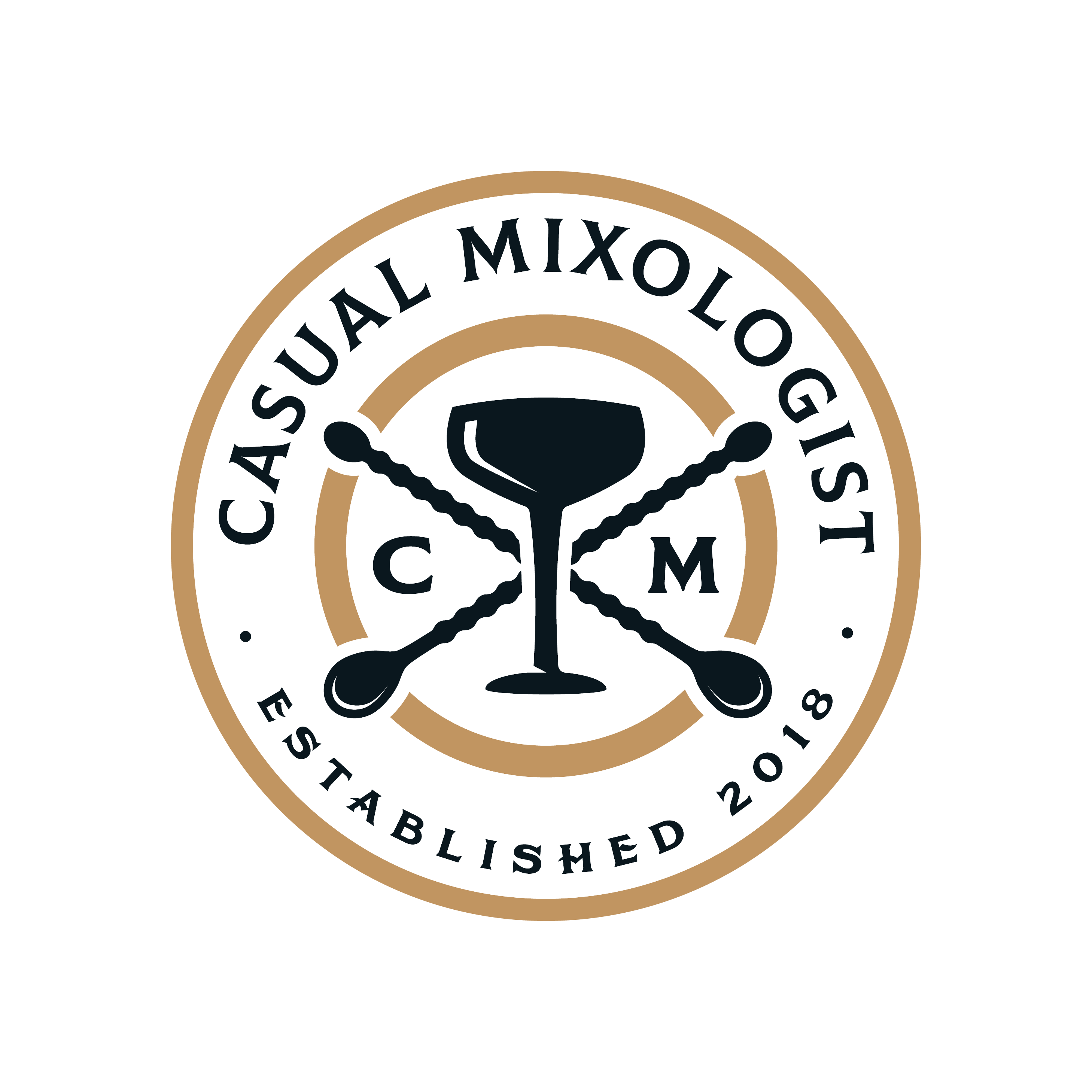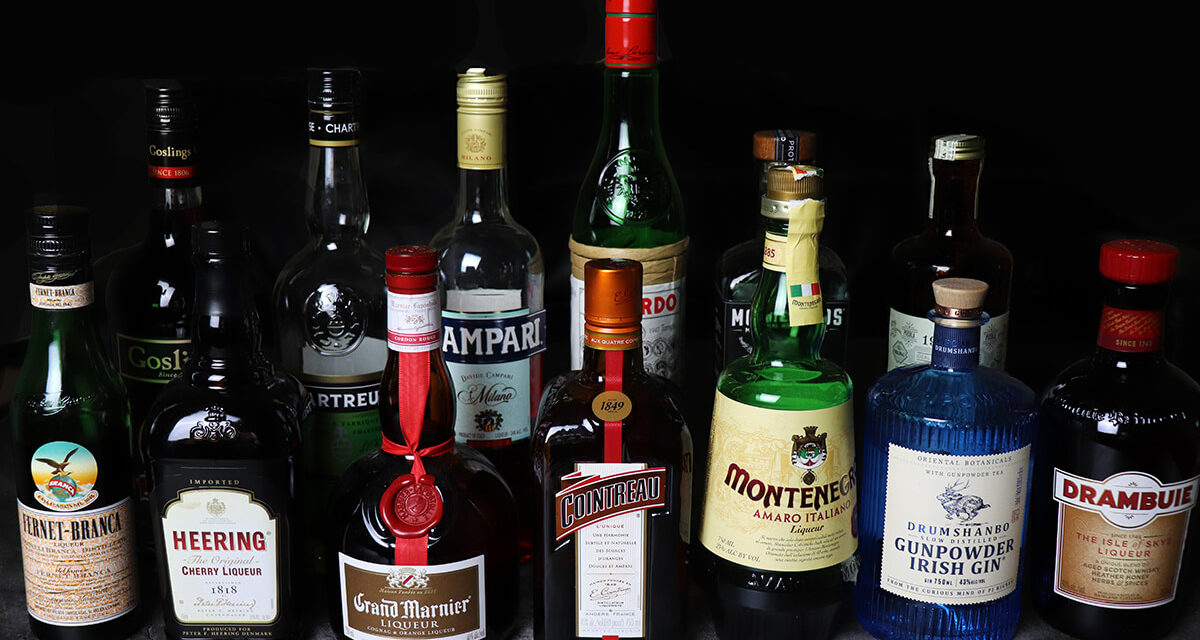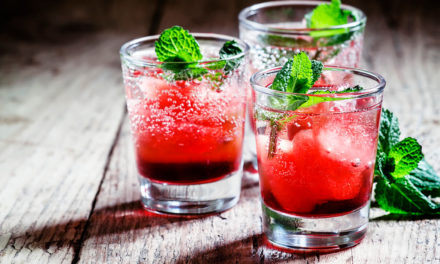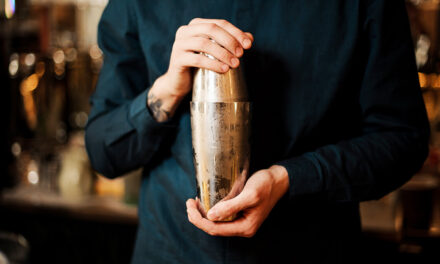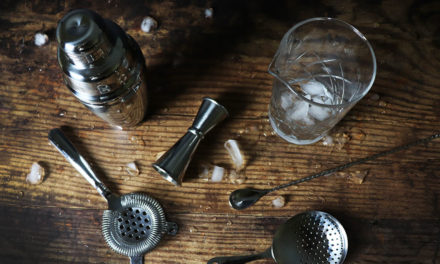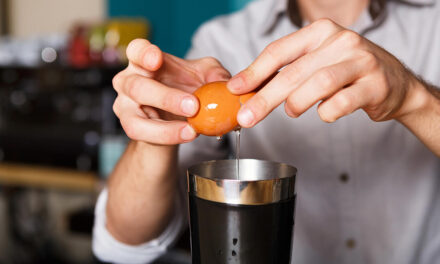To us, a well-stocked home bar is the best feeling in the world. Crafting drinks that you and your guests enjoy inspires conversation and gratifying get-togethers.
With so many different spirits out there, it can be overwhelming to know where to start when stocking your home bar. Our hope is that this guide will provide a helpful starting point for you to learn how to stock your home bar in a way that is not only affordable, but offers the greatest range of options for creating a variety of cocktails. Remember that cocktails are subjective, so we recommend starting small and working your way up as you discover specific recipes you want to try or flavors you’d like to experiment with. And while you can get more expensive spirits, these are calculated, well thought recommendations of our favorites based on quality, value, and flavor profile. Now let’s get started.
Download our FREE PRINTABLE SHOPPING LIST at the bottom of this post.
Spirits

Gin
Gin is one of the most commonly used base spirits for cocktails because of its excellent foundation and its ability to play well with other flavors. Gin is made from juniper berries, and while it comes in four varietals (London Dry, Plymouth, Old Tom, and Genever), we recommend starting with a London Dry gin because it has the most traditional flavor profile with a crisp refreshing taste perfecting for mixing with other flavors.
Recommended buy: Beefeater London Dry Gin

Whiskey
Whiskey makes for an excellent base in classic cocktails because of its distinct flavor. Made from grain mash (yes, just like beer) and then aged in oak barrels, it presents a foundation for both experimentation and infusions. Due to the broad differences between the extensive types of whiskey, we recommend choosing one from each of these categories to get started:
Bourbon
For a whiskey to be called a bourbon, it means it must contain at least 51% corn and be aged in oak barrels. Bourbon takes on a sweeter, richer, full-bodied flavor compared to other whiskeys.
Recommended buy: Jim Beam (for mixing) or Woodford Reserve (for sipping)
Rye
For a whiskey to be called a rye, it means it must contain at least 51% rye, while the rest of the mixture can be barley or corn. This makes for a crisper, drier, spicy taste.
Recommended buy: Bulleit Rye
Scotch
The major distinction between scotch and other whiskeys is that it must be made in Scotland and aged in oak barrels for at least three years. It is made from malt whiskey or grain whiskey, which gives us two basic types: Single Malt Scotch Whiskey and Single Grain Scotch Whiskey. Of these two types, three subcategories are formed: Blended Scotch, Blended Malt Scotch, and Blended Grain Scotch. This can be overwhelming when making a decision of which Scotch to use, but for the purposes of stocking your bar, we recommend the one below.
Recommended buy: Famous Grouse Blended Scotch (for mixing) or Macallan 12 Year (for sipping)

Rum
Rum is more complex than other spirits because there is less regulation within the industry and therefore the most variety. All rums are created by fermenting and then distilling sugarcane, but have various grades depending on its lightness or darkness. Traditionally, light rums are used for mixing cocktails and dark rums are meant to sipped (typically neat), but in recent years dark rums have started to appear in cocktails as well. It can be easy to go over the top when buying rum, but in general you want one from each of these three categories:
Light/White
Recommended buy: Bacardi Superior
Amber
Recommended buy: Appleton Estate V/X Jamaican Rum
Dark
Recommended buy: Gosling’s Black Seal Rum

Tequila and Mezcal
While similar, there is technically a difference between mezcal and tequila. Mezcal is a distilled spirit derived from the agave plant, while tequila must legally contain at least 51% blue agave. Both tequila and mezcal have a sweet flavor, although mezcal traditionally has a smoky flavor compared to the cleaner tequila flavor. Blanco tequilas make for great use in cocktails because they mix so well, while aged tequilas are great for sipping, similar to how you would enjoy a scotch or bourbon. For these reasons, we recommend you start with a blanco and a mezcal to get the most use.
Tequila Blanco
Recommended buy: Casamigos Blanco
Mezcal
Recommended buy: Montelobos Joven Mezcal

Vodka
Made from distilling fermented cereal grain or potatoes, vodka tends to gets a bad rap in the mixology world due to its lack of taste compared to other spirits. On the plus side, this means that it mixes extremely well with other flavors in cocktails. We recommend going for an approachable vodka with the best value.
Recommended buy: Titos Handmade Vodka
Amaro, Aperitifs, and Digestifs
The Italian word for “bitter,” Amaro is an Italian herbal liqueur that is often imbibed as a digestif. Simply, aperitifs are liqueurs traditionally consumed before a meal, think apppetizer, and digestifs are often consumed after a meal to aid in digestion. Typically, aperitifs are often dry in comparison to the sweetness of digestifs which also have a higher alcohol content. While they may be served neat on their own, both can be used in cocktails to add an extra layer of flavor, sweetness, or complexity. Each brand takes on its own characteristics and flavors depending on the herbs, fruits, and spices used, so therefore we recommend adding a few of these to your collection.
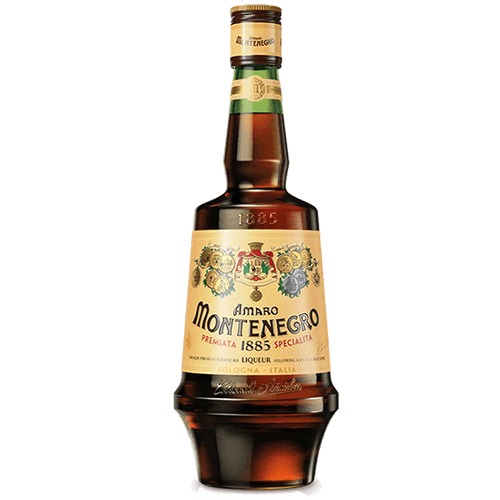
Amaro Montenegro
Amaro Montenegro is an Italian herbal liqueur crafted from a secret blend of 40 botanicals. It packs a lot, as the taste is bitter, sweet, vanilla, orange, and cola. This liqueur is a clever addition to cocktails because it is approachable, not overly heavy, and mixes well with a lot of other spirits.
Recommended buy: Amaro Montenegro

Campari
Campari is an Italian aperitif made from herbs and fruits that takes on a very bitter, citrus flavor of orange and grapefruit. It can elevate the flavors of cocktail by bringing a new layer of complexity or refreshment. To many, Campari is an acquired taste, but it is also an essential ingredient in the Negroni, making it a necessity in any bar and a common obsession among mixologists.
Recommended buy: Campari
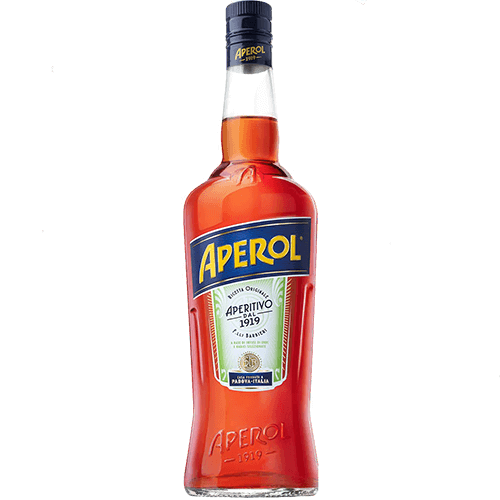
Aperol
Aperol is like Campari’s lighter, sweeter, less bitter little sister. It has a more distinct orange flavor and is the more approachable citrus aperitif to those new to the flavor because of its sweetness.
Recommended buy: Aperol

Cynar
Pronounced like “chee-nar,” Cynar is an Italian digestif made from 13 different botanicals including artichoke, hence the appearance on the label. Cynar has a light, sweet, earthy, but still approachable, woody flavor.
Recommended buy: Cynar
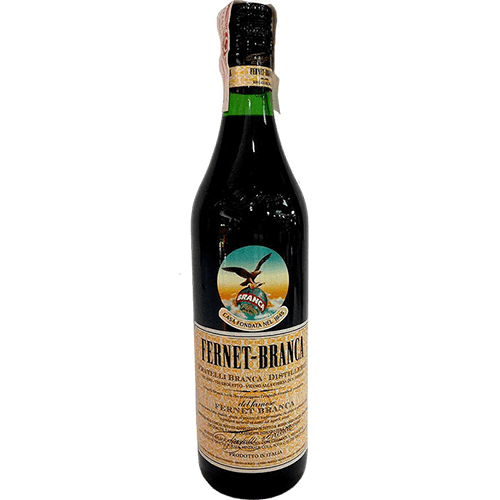
Fernet-Branca
Fernet-Branca is an Italian bitter herbal liqueur made from at least 27 herbs and other secret ingredients, including myrrh, chamomile, and cardamom. The taste is an aggressively bitter, sweet, almost cola-like flavor. Fernet has a cult following among bartenders who often enjoy it as a shot as a way to say “hello,” similar to a handshake, but in cocktails it can be used in small quantities as a modifier.
Recommended buy: Fernet-Branca
Vermouth
Vermouths are essentially fortified wine flavored with aromatic herbs and botanicals. Originally developed to be used for medicinal purposes, it has since become a staple in bars as an essential ingredient in classic cocktails. Although other varieties of vermouth have been popping up in recent years, traditionally vermouth can be described as two main types: sweet and dry.
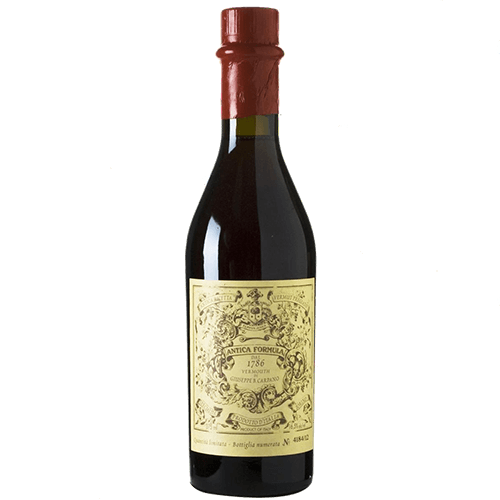
Sweet Vermouth
Originally created by Italians in Torino, sweet vermouth is red and sweet, mixing well with aged spirits like rye or bourbon. You’ll need this to create classic drinks like the Manhattan.
Recommended buy: Carpano Antica Formula Vermouth
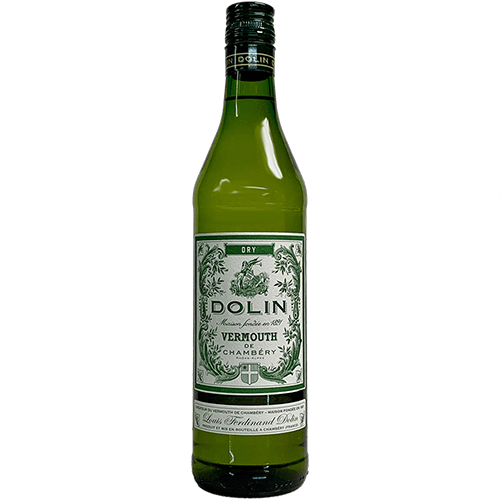
Dry Vermouth
Originally created by the French, dry vermouth is pale and dry, mixing well with lighter spirits like gin and vodka. You’ll need this to create classic drinks like a vodka or gin martini.
Recommended buy: Dolin Dry Vermouth
Other Spirits & Liqueurs
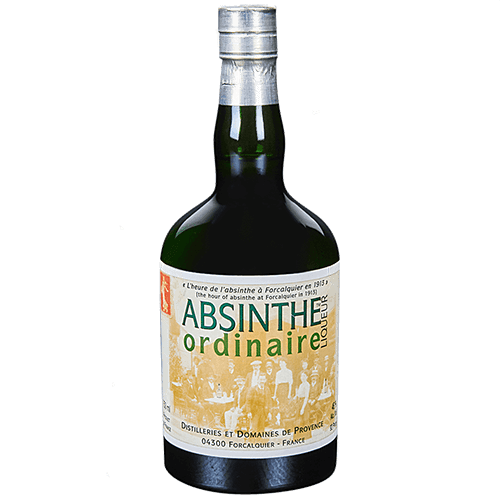
Absinthe
Absinthe is derived from botanicals with the predominant flavor being anise, similar to that of black licorice. Mindful of the high alcohol content, it is therefore typically used sparingly in cocktails to thoughtfully add the prominent, unique flavor. Years ago, absinthe was misperceived as a dangerous hallucinogen and was subsequently banned in the U.S., however, real absinthe contains only very small amounts of thujone, the substance thought to have contained hallucinogenic properties, and is perfectly safe to consume.
Recommended buy: Absinthe Ordinaire
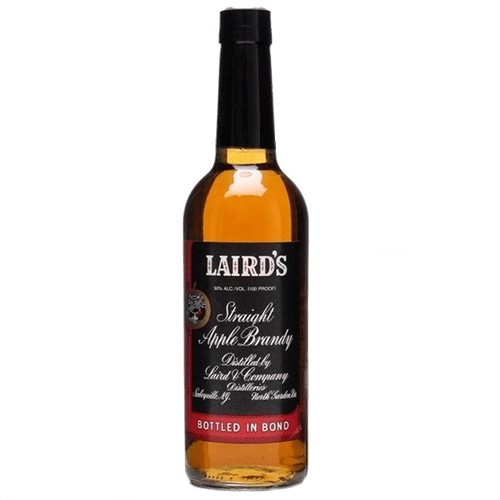
Brandy
Technically, brandy is any spirit that is distilled from fermented fruit juice and therefore takes on a similar taste to that of wine. It is often consumed as a digestif after dinner, but is also a great addition in cocktails. If you intend to sip it, we might recommend something different, but for mixing in cocktails, we recommend the below.
Recommended buy: Laird’s Straight Apple Brandy
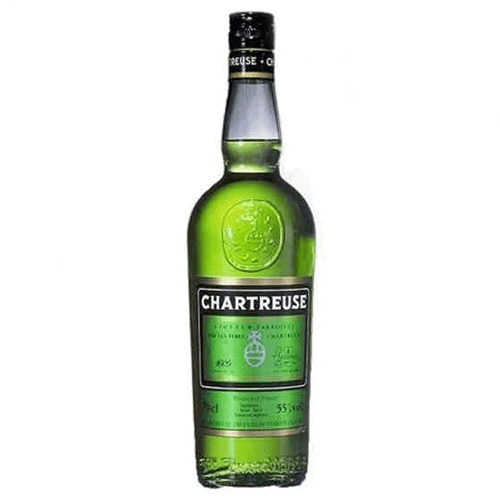
Chartreuse
Chartreuse is a French liqueur containing a secret blend of herbs, plants, and spices. It comes in two varieties, green and yellow, and each takes on a different flavor. Due to their unique recipe, there is no replacing them with other brands.
Recommended buy: Green Chartreuse and Yellow Chartreuse

Maraschino Liqueur
Maraschino Liqueur is a cherry flavored liqueur made from the whole marasca cherry. It has a sweet flavor and deep potency that makes it ideal for mixing.
Recommended buy: Luxardo Maraschino Liqueur

Sherry
Sherry is a very sweet fortified wine made from white grapes. The name “sherry” is protected by Spanish law and therefore must be produced from within the Sherry triangle in the province of Cádiz in southwestern Spain. While it can be enjoyed alone, sherry makes a great ingredient in cocktails.
Recommended buy: Alvear Cream Sherry
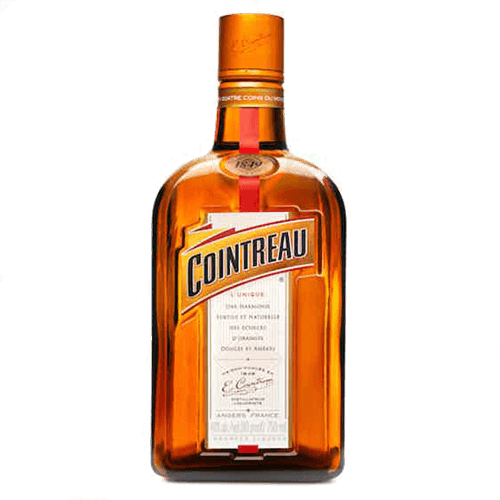
Triple Sec
Triple Sec is an orange liqueur with a clean, bright profile that adds either orange flavor when used heavily, or subtle sweetness when used sparingly. Most bars stock Cointreau due to its quality and flavor.
Recommended buy: Cointreau Orange Liqueur
Bitters
Bitters are essentially liqueur harshly flavored with botanicals, resulting in the bitter flavor. Bitters are to cocktails as spices are to cooking, as bitters are meant to complement, flavor, or bind the other ingredients in your cocktail. While you can never really have too many bitters in your collection, the following are the most commonly used and will allow for the greatest variety of classic cocktails.
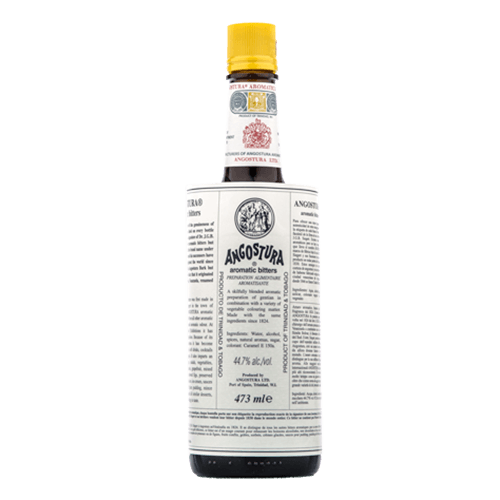
Angostura
According to Angostura, “a cocktail cabinet without Angostura is like a kitchen without salt and pepper,” and we couldn’t agree more. Angostura is a binding bitters, meaning it helps other spirits come together in a unified way. It also intensifies the flavor of the ingredients, counteracting the harshness of acidic contents and decreasing the forward flavor of other spirits. Angostura is an important ingredient in classics like the manhattan and old fashioned. In short, you definitely need this one.
Recommended buy: Angostura bitters
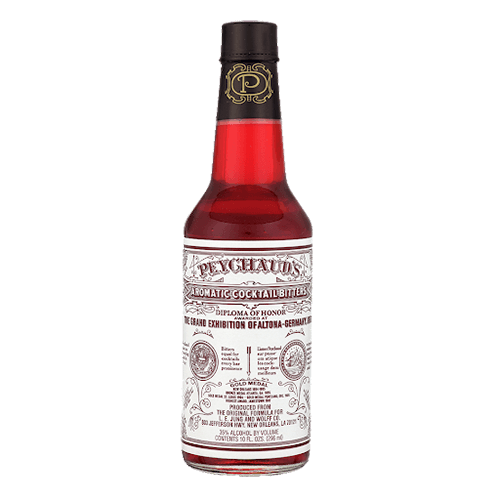
PEychaud’s
Peychaud’s bitters is a bitters by the American Sazerac Company. Similar to Angostura in its uses, Peychaud’s takes on an anise-heavy flavor with a hint of mint and is a key ingredient in a Sazerac.
Recommended buy: Peychaud’s bitters
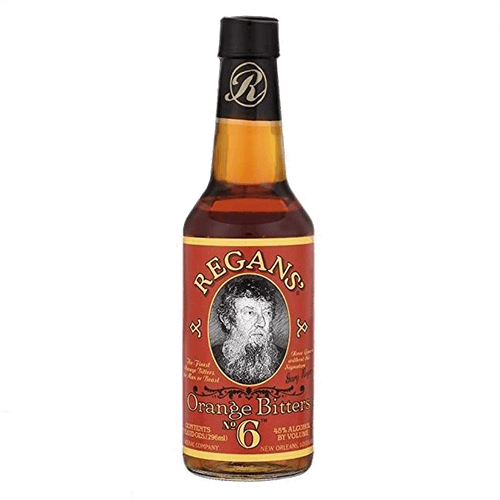
Orange
Orange bitters is a favorable bottle of bitters to add to your collection because of its versatility. As both a lifting and binding ingredient, orange bitters can add a refreshing spicy flavor and aroma to your cocktails.
Recommended buy: Regan’s Orange Bitters
Garnishes
Just as important to the cocktail’s ingredients are the garnishes that accompany it. They serve a few purposes: first, they elevate the presentation of the drink and appease the eye. Second, when submerged, garnishes can alter the taste of the cocktail itself by introducing a new flavor into the drink, as is the case with olives or a cocktail onion in your standard gin martini. But arguably most important, garnishes play an important role in heightening another sense: smell. Whether it’s an orange peel, lemon twist, cucumber ribbon, or torched rosemary, a garnish can change the taste of a cocktail by delivering a new smell to our noses at the same time the liquid hits our lips. For more on garnishes, read our Garnish Basics post.
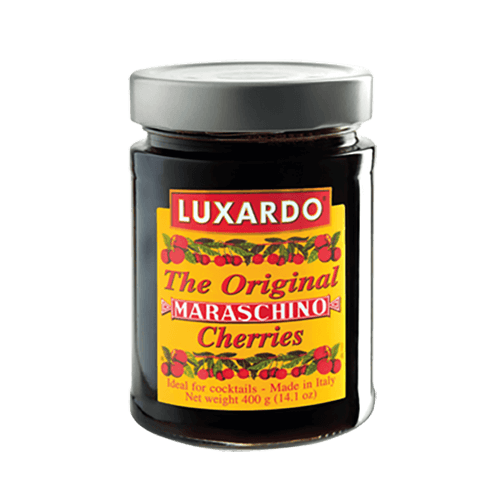
Luxardo Cherries
Luxardo cherries are a world above all other maraschino cherries. As the original maraschino cherry made from Italian marasca cherries, Luxardo cherries have a completely different taste compared to the American imitation (dyed) maraschino cherries you find on sundaes. Throw one of these in the bottom of a manhattan and it’ll be like a sweet prize at the end of your glass.
Recommended buy: Luxardo Cherries
